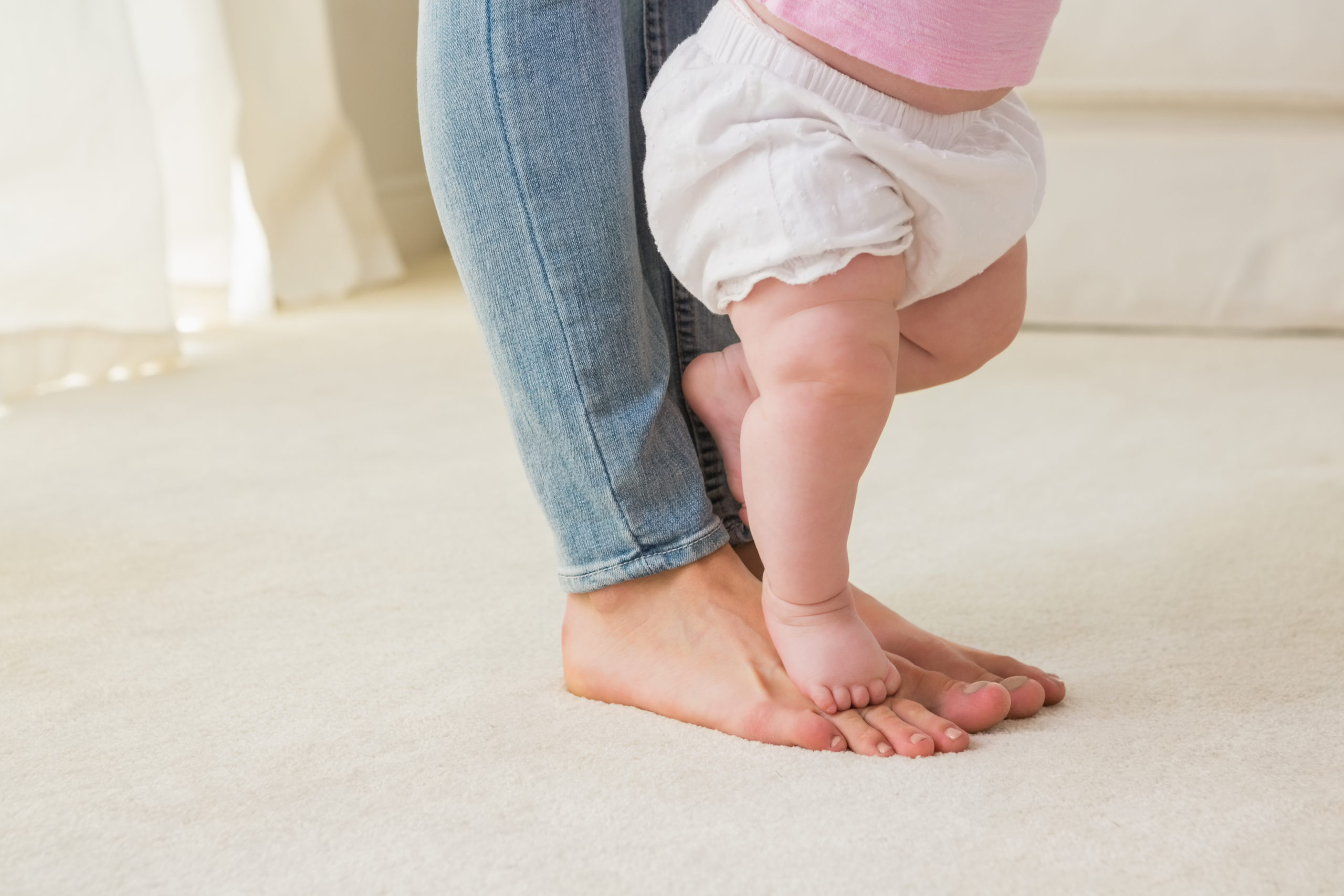What are the Signs of Autism in Boys?
What is autism?
Autism is a developmental condition that affects how people communicate, express themselves, socialize and learn. It is a spectrum disorder, and individuals may be classed as high functioning, or less so, depending on where they come on the spectrum.
It usually begins to show in children as young as 18 months old to 2 years old. Children who were otherwise developing normally may start to show signs of regression or developmental delay.
What are the signs of autism?
Some of the most common signs of autism in children include:
- Shows no interest in pretend play
- Prefers to play alone and avoids eye contact
- Shows little interest in others and their feelings
- Delayed speech and language skills, including a notable regression or delay, starting from 18-24 months
- Reacts in extreme ways (negative or positive) to sensory stimuli involving smell, sound, taste
- Is obsessive about specific toys, objects, or activities
- Is unable to cope with changes to routine, may even react strongly to minor changes or upsets
- May show little interest in or react negatively to physical contact
- Is unable to read obvious social cues or understand appropriate behavior based on the environment
- Self-stimulatory and repetitive behavior is common, including physical tics
Does autism in boys look different?
The current diagnostic criteria for autism are based on research and studies focused almost solely on boys. When we talk about autism and the common symptoms and signs, we are by default referring to autism in boys. Girls with autism have the same signs and symptoms, but they may present in different ways. Girls also tend to be better at masking their autism symptoms than boys. There is also growing evidence to suggest that girls might have variations in their autism symptoms that differ from boys: girls are less likely to exhibit a hyper-focus on one particular object or activity than boys. Whereas in boys, this remains a strong diagnostic criterion for autism.
According to data from the CDC, boys are four times more likely to be diagnosed with autism than girls. This used to be seen as evidence that autism was more likely to affect boys than girls. However, with increasing evidence showing that girls are not receiving an accurate and timely diagnosis of autism and more awareness of diagnosing autism in girls, this difference in the autism rates between girls and boys will shift and possibly become much more equal.
Autism as a symptom
In some instances, autism is a diagnosis in itself. However, autism and autistic behaviors may also be the symptom of a rare disease or genetic syndromes such as Rett syndrome and Fragile X. If this is suspected, a recommendation may be made for genetic counseling and analysis to understand any underlying causes of autism.








